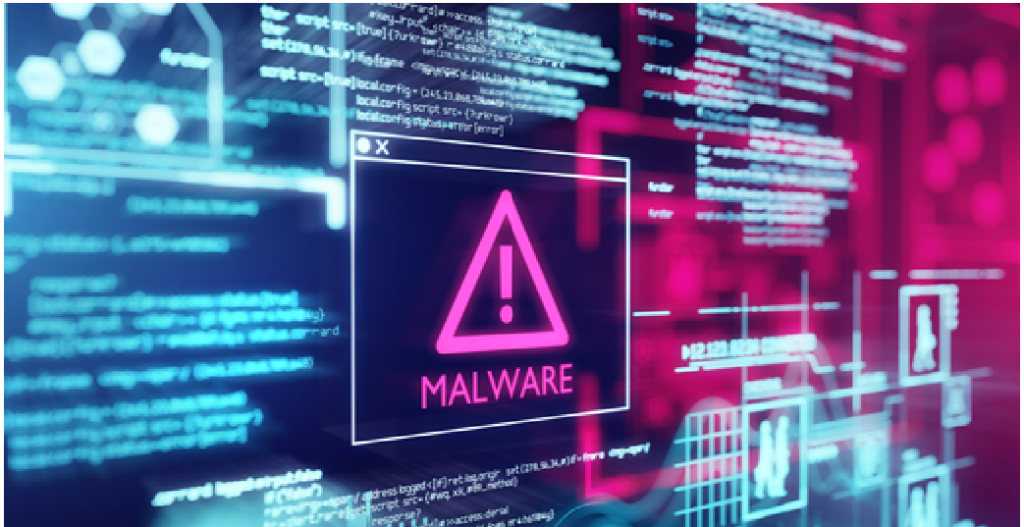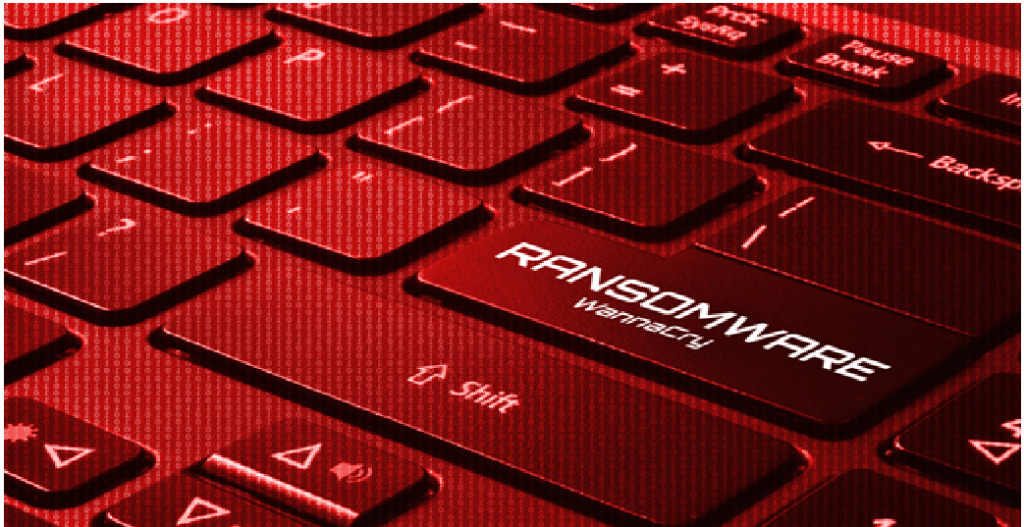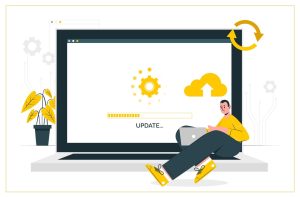IT Security, Such As Tools To Protect Our Devices And Customer Data

We do not realize how much information comes to us and above all we distribute it on a daily basis unconsciously. It would be interesting to make a survey on the percentage of users who have a clear European privacy policy, called GDPR, or who read the notices and requests to accept the various cookies proposed by the sites visited daily. From the point of view of computer security, how much do these laws really protect us and how are they adequate to their purpose?
In particular, there are aspects related to responsibility towards others that concern the way in which we use our networked devices and which we ignore very often. Imagine, for example, that you have a computer security problem in your home network especially in a logo design companyand that you have an infected computer: at your dinner tomorrow night, all your guests will be potentially at risk.
Computer security: the 3 signals that can alert you
What are the signals that can alert you? They are at least 3, to know and keep under control.
- The appearance of applications that we do not remember having installed. To do so, it may have been malware, that is, malicious software
- An anomalous consumption of network data is a signal that should not be underestimated. Almost all operating systems installed on mobile terminals provide details of network consumption by the various applications. This is information that you should always keep under control
- An unusual use of credit remaining, battery or frequent crashes and sudden blocks of the terminal are signs that can indicate the existence of a problem.
There are companies that rank products & services like cybersecurity tools by gathering & analyzing online reviews from real users. That would help you get the product/service to prevent your personal & business data from being compromised.
Computer security: the 5 (main) software with which your smartphone can be attached
The types of software that can attack your smartphone are more or less the same as those that attack a PC connected to the network:

- Adware:
They are free programs that show advertising for the service offered. They can significantly slow down the machine’s performance or edit HTML pages directly in browser windows to include links and advertisements of their own. The consequence? The user is presented with a different page from the one the author wanted. This is why many antiviruses classify this type of software as malicious

- Malware:
It is not necessarily created to cause obvious damage, but it is a software that can take possession (secretly) of various types of information, from commercial to private. It cannot be detected by the user, even for long periods of time. Typically, the term malware refers to all potentially harmful software.

- Ransomware:
is a type of malware that restricts access to the device by encrypting its contents and requiring ransom to the owner.

- Scareware:
These are programs that are spread mainly through the network thanks to the creation of real marketing campaigns. In many cases these are counterfeit programs for computer maintenance (registry cleaning and other) or antivirus software which among other things require booting with administrator privileges to install new malware and programs of all kinds.

- Rogueware or FraudTool:
These are programs that pretend to be known or otherwise not malicious programs, in order to steal confidential data or to receive money.
Computer security, here are 3 ways to defend your data and those of your customers
5 Customer Service And Customer Experience Trends For 2020
When you work via mobile,Ie using mobile devices such as smartphones or tablets , the attentions to be implemented are the same as those you use (or should use) when working via computer. The security updates proposed by the operating system are fundamental. On the network, each terminal is continuously analyzed by software that aims to discover vulnerabilities, analyzing the versions of the various applications running and the operating system, ready to exploit detected security flaws.
Here are three steps to take as a good habit to raise the level of computer security on your mobile devices.
- Download only applications from official stores, considering that this aspect does not give a complete guarantee. It therefore limits downloads to the bare minimum
- Always pay close attention to emails received, especially if they contain attachments. Always check the existence of a certificate in the domains connected to the emails received and verify that they are congruent domain names.
- Activate only the services you need: Bluetooth for example or geolocation are features that should be activated only when needed.
Do you work from home with Wi-Fi? Here too, attention to computer security: each antenna is potentially attackable
Even the home is a place where we often don’t think about computer data security. However, consider one thing: every Wi-Fi antenna is potentially attackable, even from very high distances. The first thing to do is to take care of the initial settings. They must be carefully set up on every device you buy. Even the choice of passwords must be weighted: it must never be the default one.
Attention also to intelligent devices that have been spreading for some years. These are demotic elements or devices that can be activated through a voice command. They are, of course, perpetually connected in the network and, as such, these objects offer entry doors that are continuously listened to by the network so it is important to always be aware of them and have full control.
An important thing to check and evaluate in the choice of these devices are the software and / or firmware updates, preferring those with recent and constant updates, to guarantee the attention of the manufacturer to the safety of the device.
And speaking of cookies and home page notices, it would be interesting to make a worldwide estimate of how many joules are consumed annually to produce these multi-colored notices that should reassure us about the fate of our data. The estimate should consider several aspects:
- The workforce employed by the programmer to carry them out
- The (consequent) expense for the company
- The longer duration of the online session and so on.
It would perhaps be a bit of a psychopathic calculation, but maybe someone who has come to the end of this article could take inspiration.
Also Read : Free Antivirus Software List
ABOUT AUTHOR:
Zeeshan Hussain Bhatti is a Digital strategist & Tech Geek, He’s always exploring new skills with different platforms in writing with wikipedia page creation agency and marketing industry.
Twitter: @zeeshanbhatti
Linkedin: Zeeshan Hussain Bhatti





